Security fencing plays a critical role in safeguarding properties, assets, and people. Whether you’re protecting a residential property, a commercial facility, or an industrial site, the right security fencing can be a robust deterrent against unauthorized access and potential threats. However, achieving effective security through fencing isn’t just about what you should do; it’s equally important to understand what not to do.
Neglecting Regular Maintenance
One of the most common mistakes when it comes to security fencing is neglecting regular maintenance. Over time, weather conditions, wear and tear, and even vandalism can compromise the integrity of your fencing. Rust, broken panels, loose bolts, and damaged gates can render your security measures ineffective. Regular inspections and timely repairs are essential to ensure that your fencing remains a reliable deterrent.
Choosing the Wrong Type of Fencing
Not all security fencing is created equal. Selecting the wrong type of fencing for your specific needs can be a costly mistake. Factors such as the level of security required, the environment in which the fencing will be installed, and the budget should all be taken into account when choosing the right fencing solution. For instance, chain-link fencing may be suitable for some low-security applications, but it would be inadequate for protecting high-value assets or sensitive areas.
Poorly Designed Gates and Access Control
Gates are often the weakest link in a security fencing system. Failing to properly design gates and integrate access control measures can undermine your entire security setup. Choosing flimsy gates or failing to implement proper access control systems can allow unauthorized individuals to bypass the fence and gain access to your property. It’s essential to invest in robust gates and access control solutions that align with your security objectives.
Inadequate Lighting
Security fencing should not operate in isolation; it needs proper lighting to be effective. Poorly lit areas can provide cover for trespassers and intruders, rendering your security measures less effective. Adequate lighting, including motion-activated lights, can deter potential threats and improve surveillance.
Ignoring Local Regulations and Codes
Another common mistake is disregarding local regulations and building codes when installing security fencing. Failure to comply with these rules can result in costly fines and the need to make extensive modifications to your fencing. It’s crucial to research and understand the local laws and regulations regarding fencing before starting any installation project.
Overlooking Surveillance
Security fencing is only one part of a comprehensive security strategy. Many people make the mistake of relying solely on fencing to keep their property safe. While a secure perimeter is essential, it should be complemented by surveillance systems such as cameras and alarms. These systems can help you monitor activity around your property and respond quickly to potential threats.
Neglecting Landscaping
Landscaping can either enhance or hinder the effectiveness of your security fencing. Overgrown bushes, trees, or shrubs can provide hiding spots for intruders, making it easier for them to breach your perimeter. Regularly trimming vegetation and ensuring clear sightlines can prevent such security vulnerabilities.
Choose Hercules High Security to Protect Your Property
Whether you need White House-level security fencing, or you need the perfect version of a white picket fence to guard your business or residential property, trust the experts at Hercules High Security. For more information and to learn how we can meet your custom fencing needs, contact Hercules High Security online or give us a call at 1-800-395-9597. Our professionals are ready to serve you from Maryland and the Washington Metropolitan area to Richmond, Virginia. We have branch offices in Manassas, Richmond, Newport News, Norfolk, Virginia, and Maryland. We will ensure your investment serves your family and your business for years to come! For updates and to see projects we’re working on, visit us on Facebook, Twitter, LinkedIn, and Pinterest.


